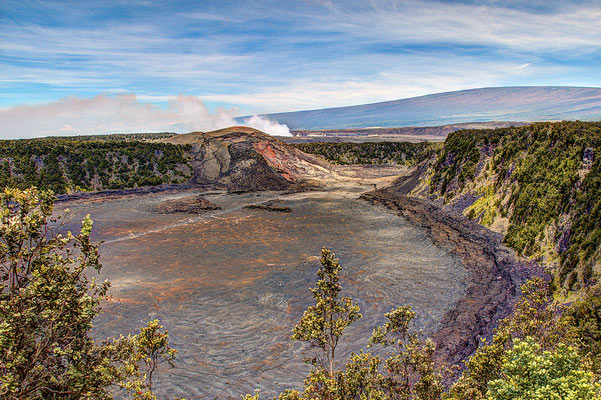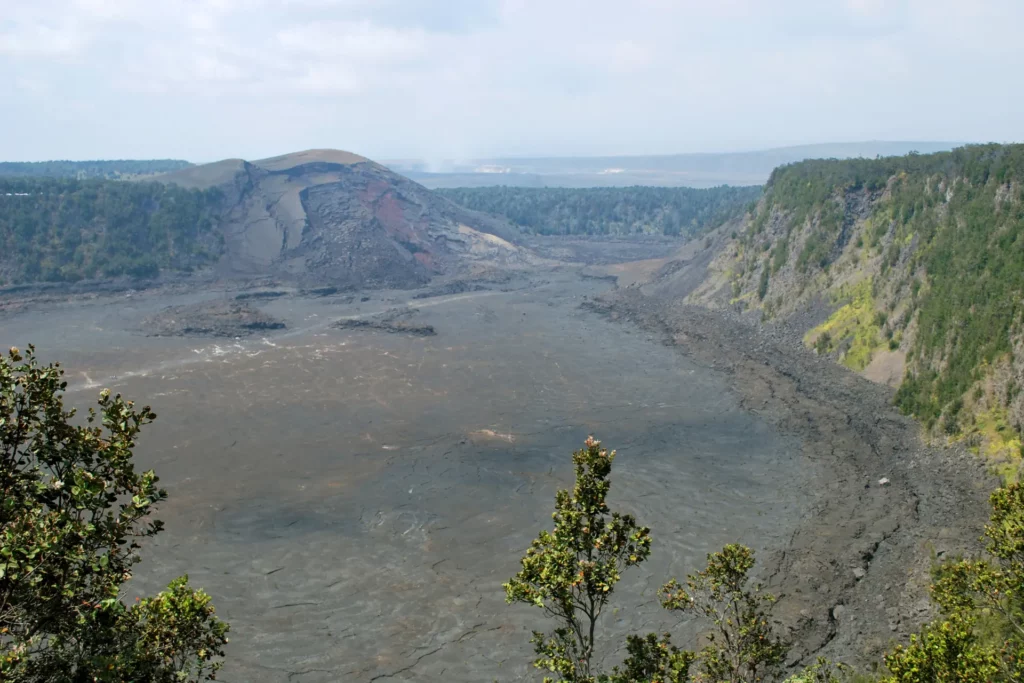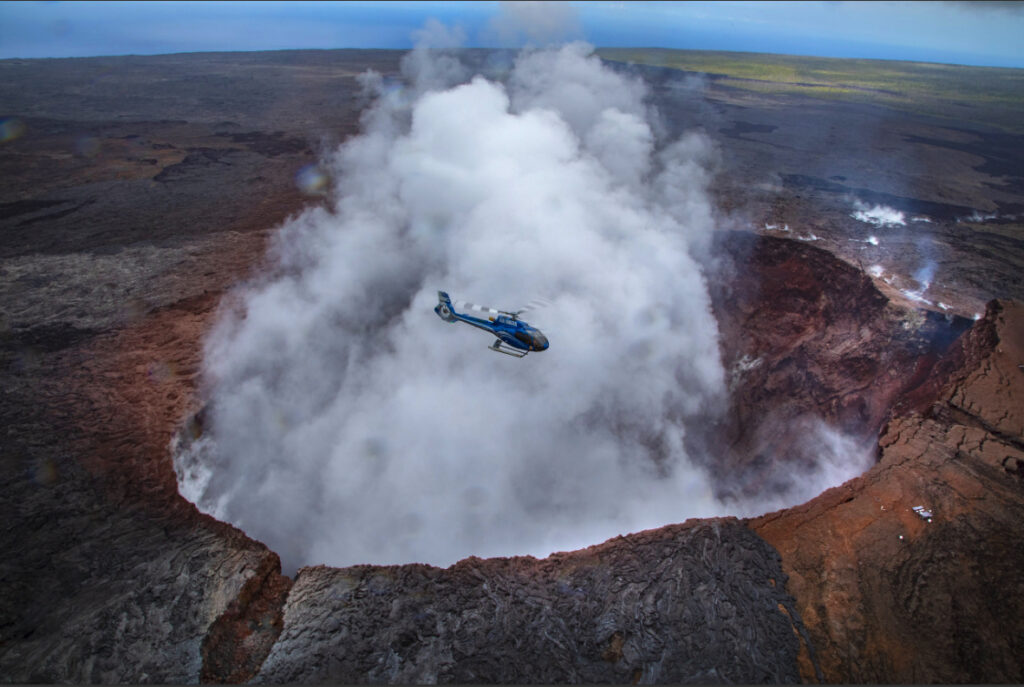Hawaii Volcano Expeditions
Experience the adventure of a lifetime
Aloha and Welcome!
Hawaii volcano expeditions are something that not everyone gets to experience. Volcanoes speckle the islands, and while your initial instinct is likely to veer away from exploring them, you’d be doing yourself a great disservice by not viewing these natural wonders! They’re a part of Hawaiian culture and history, so if you’re looking to get the most out of your Hawaiian excursion and truly see all there is to see, then a Hawaii volcano tour should be part of your travel itinerary.
What we offer
Tours By Air
Tours By Foot
Tours by Bus
Top Hawaii Volcano Tours
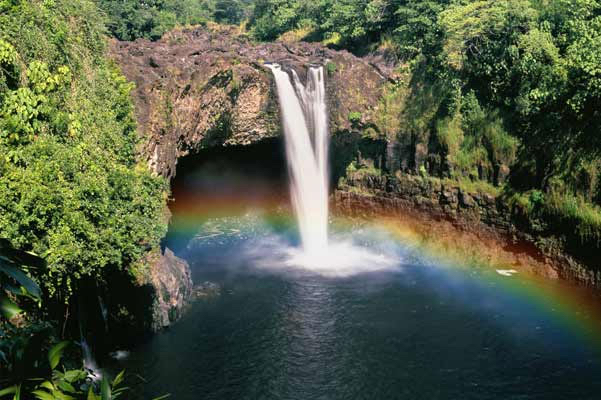
- $599.00
Oahu to Hilo: Volcano Adventure Tour
Difficulty Rating
Easy to Moderate
Tour Duration
12 Hours
Price
$599.00
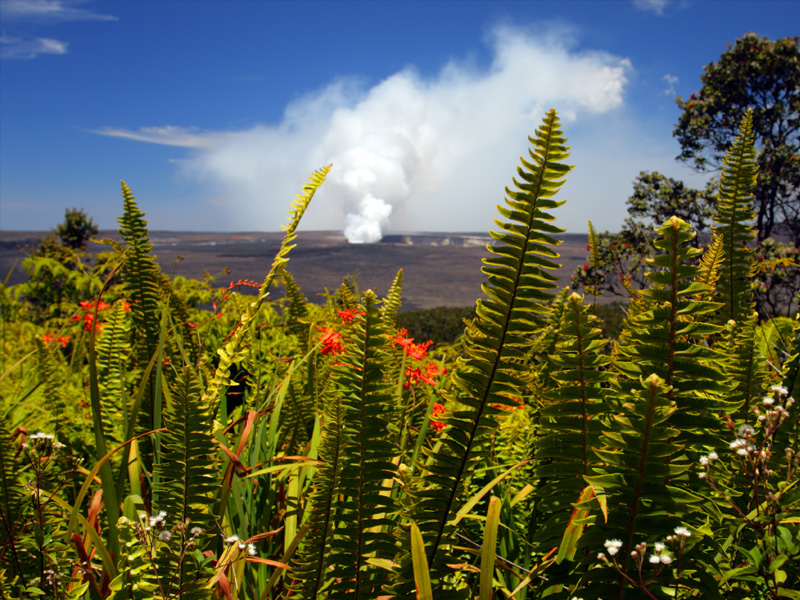
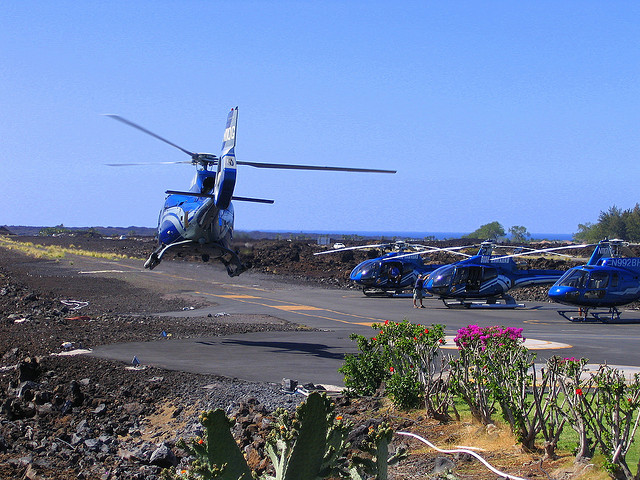
The View from Above
If you’re aiming to get the best view of a volcano, you’re going to want an overhead view. Through a variety of available packages, your chances to see some of these natural beauties from above increases tenfold. A selection of helicopter tours, offered with an open-door view to give an unprecedented view of the surrounding region, are readily available for adventurers that aren’t weary of heights.
Tourists will explore the most active volcanoes around the globe, including Kilauea volcano located on the main island of Hawaii. Along with an aerial view of the beauty of these monumental natural structures, you’ll soar over lush forests, crystal clear waters, and black sanded beaches during your Hawaii volcano expedition.
Frequently Asked Questions
Read our answers to our customers’ common questions.
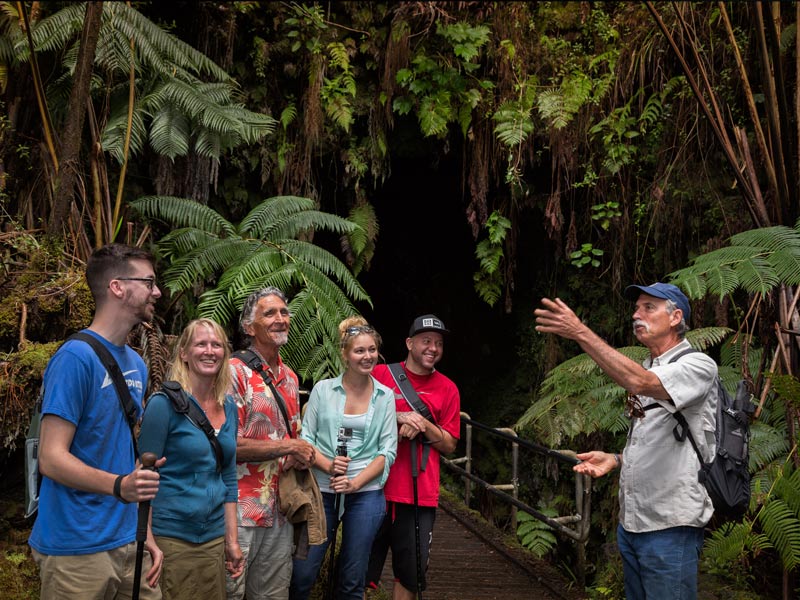
Everyone who visits Hawaii Volcanoes National Park wants to see lava. You go there hoping to see lava fountaining into the air like on a National Geographic magazine.
Sorry to tell you, most visitors do not see lava.
Here’s why: Lava is dangerous. As soon as lava is fountaining or flowing in a certain area, Hawaii Civil Defense determines if it is safe to allow people near it. Usually it is not safe and the area is closed off.
How to see lava on a volcano tour
The best way to be sure you will see lava is to take a helicopter volcano tour. You will see it from hundreds of feet away, but it is still magnificent.
The chances of seeing lava from a helicopter are very high, but not guaranteed. Volcanoes are extremely unpredictable. Volcanic activity changes every day. The lava flow moves and the surface cools.
Do not make the mistake of going on a volcano tour to see lava. There are so many other reasons to go on a volcano tour. Our volcanoes have an amazing history, cultural significance, biological uniqueness, geological wonder, and a beauty like no other place in the world.
People who go just to see lava and don’t see it are disappointed. People who go to appreciate everything else about the volcano enjoy themselves. If you do see lava on a volcano tour, it is a bonus and you are a lucky one.
You want a quick answer? Sorry, the answer is constantly changing.
As we mention all over this site, the volcano is active. That means that it is moving and hard to pin down. You might see photos from a friend who saw lava flowing into the ocean a month ago, but now it is nowhere to be seen.
This is why a volcano tour is the best way to view the volcanoes. Tours will take you to see the sights in Hawaii Volcanoes National Park. Then the guide will use his contacts to find where you have the best chance of seeing lava.
Sometimes it is best viewed from inside the National Park. Sometimes it is by the shore in Kalapana. Sometimes it can only be seen from helicopters. Some days you can’t see lava anywhere you look.
The key to an enjoyable visit to the Big Island volcanoes is to go for the volcanoes and consider any sighting of lava as a bonus. If you’re whole purpose is to see lava, you could be setting yourself up for disappointment.
If you insist that lava is your focus, then a helicopter tour has the best chance of seeing lava. The pilots search for lava and communicate where the sighting is the best. When you get close, you can actually feel the heat from inside the helicopter.
Five different Volcanoes are on the Big Island of Hawaii:
- Kohala
- Mauna Kea
- Hualālai
- Mauna Loa
- Kilauea volcano
Mauna Kea is the tallest mountain in Hawaii. It is also the tallest sea mountain in the world. From it’s base at the bottom of the ocean floor it is 33,000 feet taller than Mount Everest. Mauna Kea hasn’t erupted for thousands of years, but is still considered dormant and could erupt again.
Mauna Loa is the largest volcano on earth in terms of volume.
Kilauea is the volcano that most visit us to see. It is the most active volcano in the world. It began erupting in 1983 and continues to erupt today.
Vog is volcanic fog. It is similar to smog in that it is dirty with particles that are not in typical fog.
Vog is formed when gases from the erupting volcano get into the air, mix with sunlight, oxygen and moisture.
Like smog, vog is not healthy for humans, plants or animals. Many people living near Kilaeau, experience headaches and respitory issues from vog.
Visitors on our tours will see and breath vog, but we rarely have visitors who complain of health issues as a result. Generally, complaints come more often from prolonged exposure by those living near the volcano.
Nevertheless, we encourage all visitors to pay attention to their bodies and take the following precautions:
- Drink lots of fluids
- Don’t overexert
- Don’t smoke
Does vog smell like sulfer? A little bit.
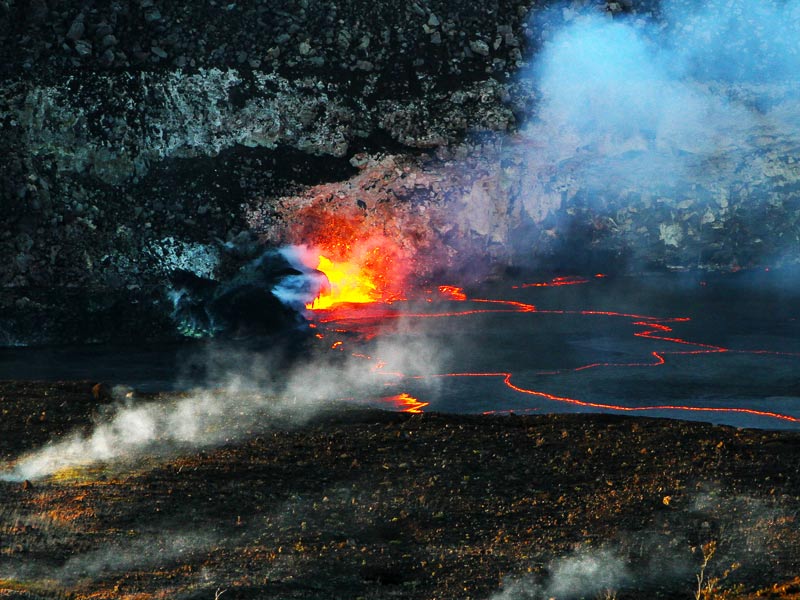
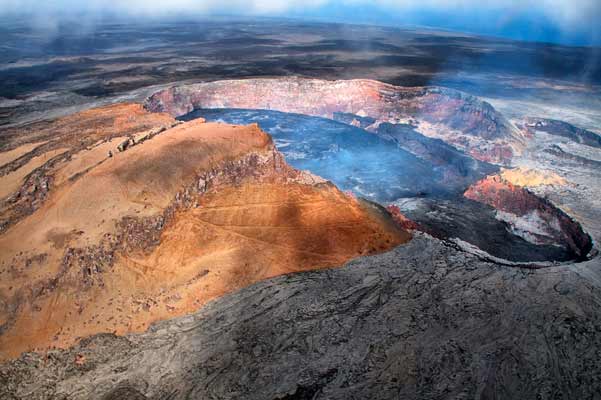
More Information about the Latest Big Island Volcanic Activity:
- Update September 17, 2023: The Kilauea summit eruption that began on September 10, 2023, has ended. There is currently no lava activity.
- Seismicity and volcanic gas emission rates remain elevated
- Flights to and from Kona International Airport (KOA) and Hilo International Airport (ITO) are not affected and are operating as scheduled.
- All visitor accommodations and activities on the Big Island are operating normally.
- For more information please visit: https://www.nps.gov/havo/planyourvisit/kilaueaupdate.htm

